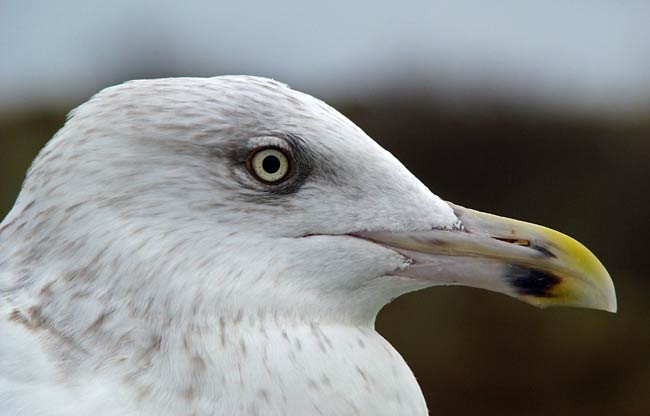Seagull Blood Used to Detect Oil Spills

Blood tests can tell a doctor a lot about a patient's health. Now, seagull blood might help scientists monitor the health of ecosystems ravaged by oil spills.
A new study shows that pollutants from oil spills can be sampled from the blood of yellow-legged seagulls long after clean-up efforts conclude.
Alberto Velando, a researcher at the Universidade de Vigo in Spain, and his team detailed their findings in this week's issue of the journal Environmental Science & Technology. The work focused on the ecological aftermath of the 2002 Prestige oil spill off the coast of Spain, one of Europe's largest such disasters.
"This study highlights the delayed effects of oil spills that we know very little about," said Stuart Bearhop, a conservation biologist at the University of Exeter in England who was not involved in the study. "It's very easy to see what happens right after an oil spill: everything dies. But there are probably a lot of later effects we've overlooked."
Seagulls that eat oil from a spill, either through munching contaminated ocean critters or grooming, form dangerous chemicals in their bodies known as polycyclic aromatic hydrocarbons (PAHs). These compounds are linked to cancer in humans.
To measure avian PAH levels, the study's authors captured live birds, took a small blood sample for testing and then released the birds. Birds living near the Prestige spill zone were found to have twice the PAH levels of unaffected birds.
Bearhop said other than this non-lethal method, he's not sure how such levels of pollution can be measured without killing animals.
Get the world’s most fascinating discoveries delivered straight to your inbox.
"Sampling blood might be one of the only ways to measure the long-term effects of oil spills," he told LiveScience, noting that the birds handle the stress of capture and sampling well. "But it's also important to look at dead birds. You need both sources to understand the true impact of this kind of pollution."
- Video: Extraordinary Birds
- Top 10 Species Success Stories
- Quiz: What's Your Environmental Footprint?


